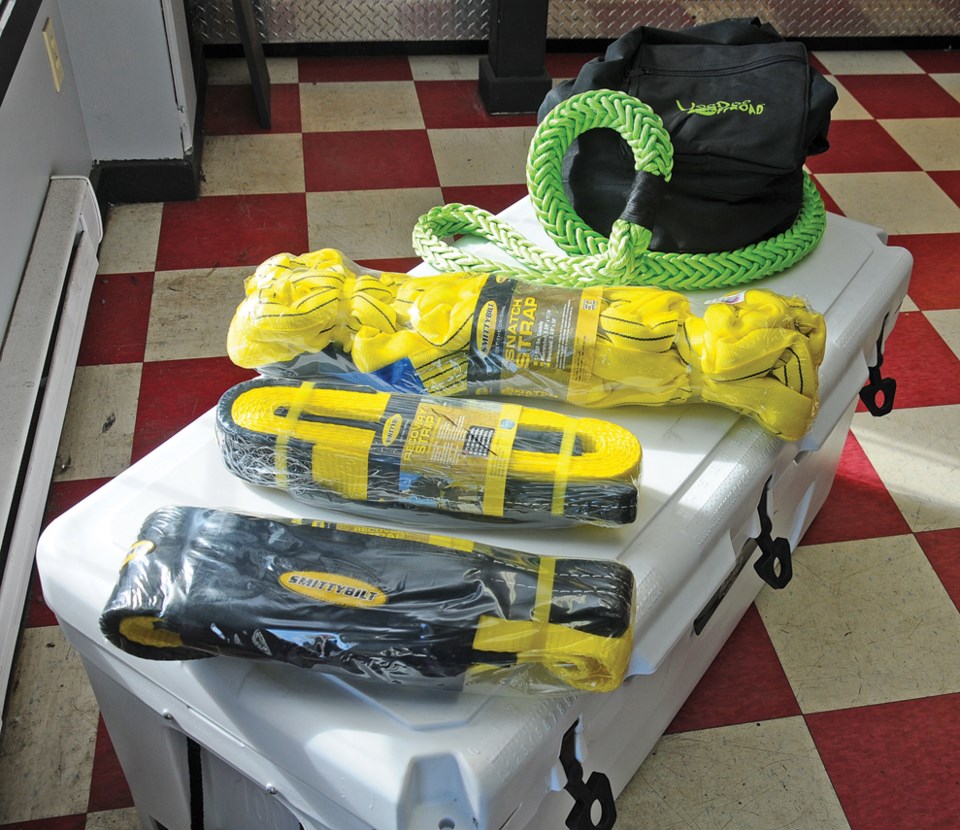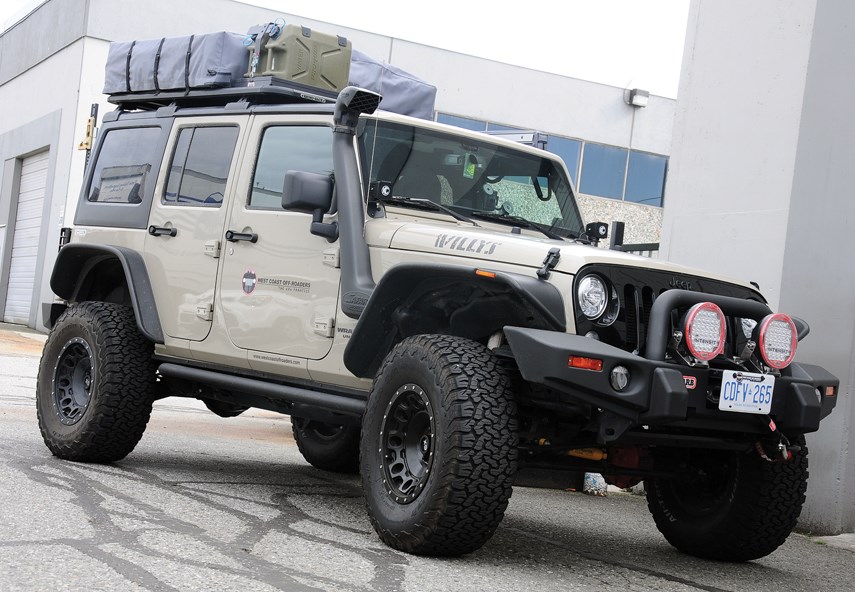There’s great off-roading to be had in British Columbia, with the Squamish area just up the Sea-to-Sky Highway serving as a jumping-off point for some serious automotive adventuring.
If you’re going to hit the back roads and beyond, though, there are some essential tips that you need to know before you go. We spoke to Glenn Schatroph, managing director of North Shore Off-Road Centre, and Fabian Kosari, owner of West Coast Off-Roaders, to get their thoughts on off-road essentials.
Gear up
If you’re planning on leaving the logging roads and getting into any sticky situations, you’ll need a vehicle with decent ground clearance and suspension. Taking your sedan probably isn’t the best plan. This may seem obvious, but Kosari says he and his off-roading friends often come across people who bit off more than they could chew.
“People go off the logging roads in sedans and you see them breaking their oil pan and they’re stuck there,” he says. “You could go on logging roads in pretty much any vehicle, but when it comes to harsher terrain, going over rocks and stuff, you can easily damage your oil pan or your transmission. And then you’re out in the bush without any access to a mechanic shop or roadside assistance. … The first step you need to take in modifying your vehicle is a good suspension or lift kit to get more ground clearance and a better approach and departure angle. And appropriate tires.”
Bring some buddies
Going alone isn’t only lonely, it’s dangerous. If you’re new to off-roading, Schatroph recommends joining a club or at least heading out with an experienced guide who knows the terrain and has the right equipment. And it’s always better to go in at least two vehicles.
“Don’t go alone unless you have a winch on your vehicle that can get you out of trouble if you get yourself into it,” he says. “If you look at all the logging roads that people generally drive on, they can take you up to some beautiful places where you can get some beautiful views in the mountains up in Squamish and Whistler and Pemberton, but they’re very remote. In a lot of those areas your cellphone doesn’t work so you want to make sure that if you get yourself into something, you can get out of it. We always do recommend that you buddy up, you go with somebody else, so you’ve got two vehicles.”
You’ll also need to bring along tow straps in case a vehicle needs to get pulled out of trouble.

“The most important thing that you want to make sure is that you’ve got a couple of recovery straps and, most importantly, your vehicle is equipped with some kind of tow point on it that you can attach the strap to,” says Schatroph.
Get some traction
One other important item that can get you out of trouble is recovery equipment that you can place under your tires to get some traction when you’re stuck. Items are sold under different brand names, but the general idea is the same.
“When you’re stuck in deep snow or mud or sand, you put them under your wheels and they’ve got treads on them and you can just drive up on them,” says Kosari.



